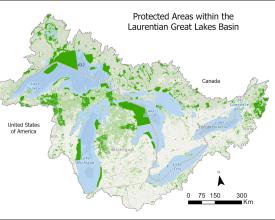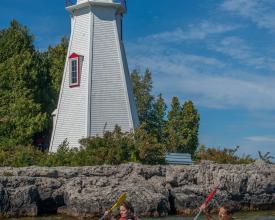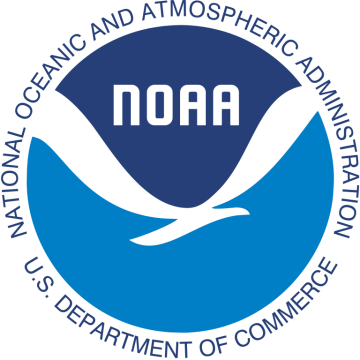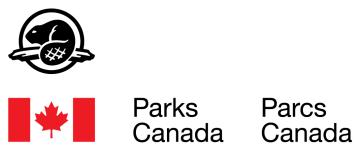
Building a protected areas network in the world's largest freshwater ecosystem.
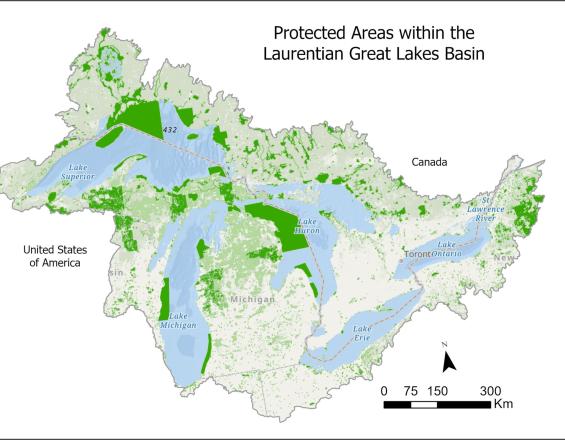
North America’s Laurentian Great Lakes truly are great. These “inland seas” represent the world’s largest freshwater ecosystem, with over 21% of the earth’s surface freshwater. And yet for all their importance these lakes have suffered much. Climate change, invasive species, contaminants and habitat loss are just some of the stresses that have profoundly impacted and altered them.
It is a challenging context for conservation, and accordingly, protected area agencies and partners across the lakes have sought ways to strengthen and enhance the effectiveness of their efforts. To this end, the Great Lakes Protected Areas Network (GLPAN) was established to improve communication and facilitate collaboration at the binational (Canada-United States) scale. One outcome of this partnership has been better profile and awareness of protected and conserved areas on other binational platforms, most notably the Great Lakes Water Quality Agreement.
Context
Challenges addressed
The stresses on the Great Lakes ecosystem have been profound and multifaceted, and given the scale and magnitude of the issues, no individual coastal or freshwater protected area can address the conservation challenges in isolation. It's a context that requires collaborative, coordinated, prioritized, at-scale (lake wide) action.
Challenges
- No other freshwater ecosystem contains as many aquatic invasive species (N = 187+) and some species, for example Sea Lamprey (Petromyzon marinus) and Dreissenid mussels, have driven lake wide ecological regime shifts.
- Toxic chemicals and excessive nutrient loading have contaminated various area in the basin with significant impacts to species health and well-being.
- Human development has resulted in significant loss of habitat in many areas, for example, an estimated 50% loss of Great Lakes coastal wetlands has occurred, with up to 90% loss in some regions.
- Changing lake hydrology and loss of protective ice cover due to climate change is increasing coastal erosion and flooding.
Location
Process
Summary of the process
The formation of the Great Lakes Protected Area Network (GLPAN) has furthered collaboration and communication across the agencies and organizations interested in Great Lakes coastal and freshwater protected and conserved areas (PCAs). In turn, GLPAN has been able to advance the relevance and effectiveness of PCAs on other binational platforms, including the Great Lakes Water Quality Agreement.
Building Blocks
Build a binational Great Lakes protected areas network
There are over 650 coastal and freshwater protected areas representing over 40 agencies in the Great Lakes. Prior to the Great Lakes Protected Areas Network (GLPAN) establishment in 2019 there was no forum or network that supported a direct dialogue or collaboration across protected and conserved areas in the Great Lakes.
Members of the GLPAN are individuals or representatives from agencies that carry out professional activities related to Great Lakes conservation and/or protected areas management. Members are generally senior positions that can contribute expert knowledge, relevant information, and capacity to achieve GLPAN objectives, including:
- Contribute to the conservation and protection of the Great Lakes coast and lake ecosystems through a collaborative network of people and places;
- Provide a platform for enhancing communication and knowledge exchange across Great Lakes protected and conserved areas;
- Build partnerships and support projects of interest to the GLPAN membership;
- Raise awareness and appreciation of Great Lakes protected and conserved areas with the public and other domestic and binational conservation initiatives; and,
- Serve as a regional hub for the North American Marine Protected Areas Network (NAMPAN).
Enabling factors
- GLPAN membership has chosen to remain voluntary and unfunded. While there is an organizational structure and purpose, the informal nature supports collegiality and flexibility.
- The network is not competing with other protected area networks in the Great Lakes, the members essentially recognized and filled a need.
- The Great Lakes Water Quality Agreement (including Lake Partnerships) is a platform that GLPAN can engage with and if necessary, use to advance initiatives and interests.
- The pandemic normalized and equipped people to attend virtual video meetings.
Lesson learned
- Early in its formation, members collectively worked on a GIS Story Map "Great Lakes, Great Protected Areas". This not on provided an experience and opportunity to collaborate but helped GLPAN to define its identity.
- Some members feel the informal context creates a more open space for dialogue and sharing without the formalities sometimes associated with representing one's agency in an international forum (there is machinery for that sort of work if need be).
- Scheduled meetings (quarterly) with invited speakers helps to maintain the interest and drive of GLPAN.
Stand on existing binational platforms
Three binational (Canada-United States) commissions play a role in the protection and restoration of the Great Lakes, including the Great Lakes Commission (GLC), Great Lakes Fishery Commission (GLFC), and International Joint Commission (IJC). More specific to the Great Lakes, the work of the IJC is supported through the Great Lakes Water Quality Agreement (GLWQA). While none of these commissions explicitly represents and advances an agenda related to protected and conserved area (PCA) networks, they share goals and have capacities that can support such networks.
To this end, the Great Lakes Protected Areas Network (GLPAN) continues to find opportunities to profile PCAs, meet its network ambitions, and address conservation issues by standing on these platforms. In particular, the GLWQA has specific Annexes addressing the priority issues which are also of importance to PCAs, such as Habitat and Species, Climate Change, Aquatic Invasive Species, Science, and Lakewide Management. Engaging with the GLWQA is an effective means to address conservation at scale and represents a significant return on investment given the capacity and collaborative support partners bring. More specifically, "Lakewide Action and Management Plans" (5 year rotation on each of the 5 Great Lakes) and "Cooperative Science and Monitoring Initiatives" are two GLWQA initiatives that PCAs and PCA networks can lever and contribute to help advance conservation efforts.
Enabling factors
- There are members on GLPAN who either work for a respective Commission or are actively involved in GLWQA committees.
- The efforts of the GLWQA and GLFC on issues such as aquatic invasive species, climate change, habitat and species, and water quality are collaborative in nature and implemented at a scale.
Lesson learned
- While other platforms/forums may be involved in protection and restoration, PCAs may need to be prepared to express their own issues and concerns, that is, don't assume others will represent.
- There are agencies working on Great Lakes protection and restoration space at a policy-level and welcome the opportunity to practice in a place-based manner with PCAs.
Impacts
The establishment of a Great Lakes Protected Area Network (GLPAN) has helped to foster a binational (Canada-U.S.) dialogue on Great Lakes coastal and freshwater protected areas (PCAs).
GLPAN has provided a space for PCA managers and partners to connect and discuss matters of interest, such as ecological connectivity, coastal resilience, fisheries management in PCAs, establishment and data sharing/access.
GLPAN has developed maps that help identify existing PCAs and potential opportunities for networking.
GLPAN has helped to elevate the role of PCAs as a cornerstone for biodiversity conservation and a potential natural solution to some of the concerns being addressed through the Great Lakes Water Quality Agreement.
Beneficiaries
Protected area agencies including NOAA, Parks Canada, Ontario Parks, US National Park Service, US Fish and Wildlife Service, Canadian Wildlife Service.
Environmental organizations including The Nature Conservancy, Wildlife Conservation Society, Wildlands League

